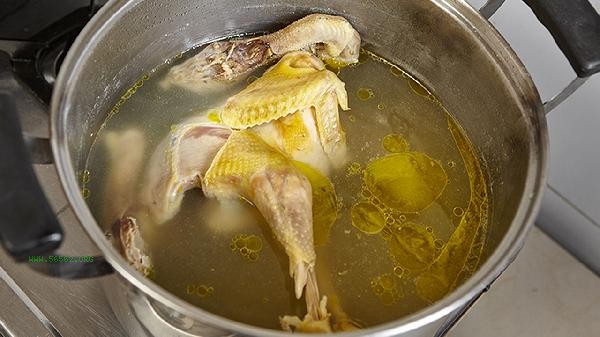Long term consumption of greasy soup may increase health risks such as obesity and hyperlipidemia, and may also induce gastrointestinal discomfort. Greasy soup usually contains a large amount of fat and calories. Long term excessive intake can easily lead to fat accumulation, increased blood viscosity, and may also increase digestive burden.

Greasy soups contain high levels of animal fat and cholesterol, and frequent consumption can cause calorie intake to exceed the body's needs, converting excess energy into fat storage. Long term exposure may lead to body shape changes such as overweight, increased waist circumference, and even develop into metabolic syndrome. High fat diet will also interfere with blood lipid metabolism, increase the level of low-density lipoprotein cholesterol, and accelerate the process of atherosclerosis. Some people may experience digestive symptoms such as bloating and acid reflux after drinking, especially those with gallbladder diseases who need to be cautious. In some special circumstances, moderate consumption of greasy soup may supplement energy, such as postpartum weakness or short-term needs of physically demanding workers. But it is important to choose clear soup that has been skimmed off of floating oil and balanced with vegetables for nutrition. If the nourishing meat soup in traditional dietary therapy is treated with oil removal, occasional consumption may have certain benefits for people with insufficient qi and blood, but it is still necessary to control the frequency and single intake.

It is recommended to reduce the frequency of consuming greasy soups in daily diet and prioritize low-fat soups such as vegetable soup and mushroom soup. When cooking, blanch the meat to remove fat, and use absorbent paper to remove surface oil. Paired with coarse grains and vegetables rich in dietary fiber to help metabolize fat, and engage in appropriate activities after meals to promote digestion. If abnormal blood lipids or continuous weight gain have occurred, it is necessary to adjust the diet structure in a timely manner and consult a nutritionist to develop a personalized plan.









Comments (0)
Leave a Comment
No comments yet
Be the first to share your thoughts!